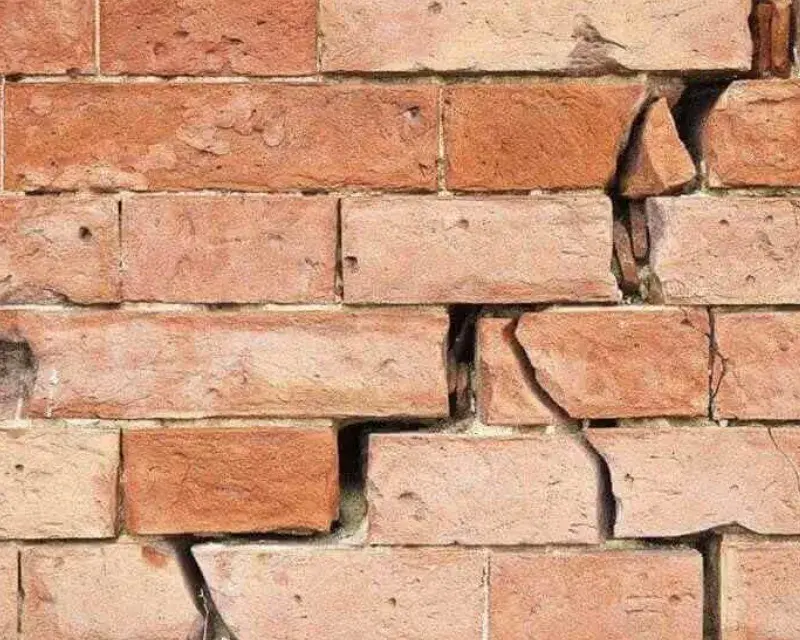Subsidence, a common yet concerning issue for property owners, can lead to serious structural problems if addressed. In this blog, we’ll explore what subsidence is, how to recognize its signs, and essential strategies for mitigating its risks, providing valuable guidance to safeguard your property.
What is Subsidence?
Subsidence occurs when the ground beneath your property sinks or caves in, often causing instability to building foundations and structural damage. Several factors can contribute to subsidence, including soil shrinkage, tree root activity, historical mining, and drainage issues. Understanding these causes is vital for effectively managing and preventing subsidence-related issues.
Signs of Subsidence: When to Take Action
Recognizing signs early is crucial for prompt action. Look out for:
Cracks: Vertical cracks wider than 3mm in walls or around doors and window openings.
Doors and Windows: Doors and windows become hard to open or close.
Uneven Floors: Floors becoming sloped or uneven.
If any of these signs appear, it’s essential to act swiftly to prevent further damage to your property.
Mitigating Subsidence Risks: Essential Strategies
Tree Management: Properly managing trees around your property is key. Pruning, relocating, or removing trees posing a threat to ground stability can mitigate risks.
Soil Moisture Control: Maintaining appropriate soil moisture is vital for stabilizing the ground. Installing effective drainage systems and managing soil moisture during dry periods can prevent soil shrinkage.
Building Maintenance: Regular inspections and maintenance of building foundations are crucial. Identifying signs of subsidence early ensures prompt action to maintain structural integrity.
Professional Assessment: Engage a surveyor or structural engineer for a thorough assessment. Their expertise can offer invaluable insights and recommendations for remedial actions if necessary.
Conclusion: Protecting Your Property
In conclusion, subsidence poses significant risks to properties, but with awareness and proactive measures, these risks can be minimized. By managing trees, controlling soil moisture, maintaining buildings, and seeking professional assessments, property owners can safeguard their investments. This blog equips property owners with knowledge and strategies to address subsidence effectively, ensuring the stability and longevity of their properties.






